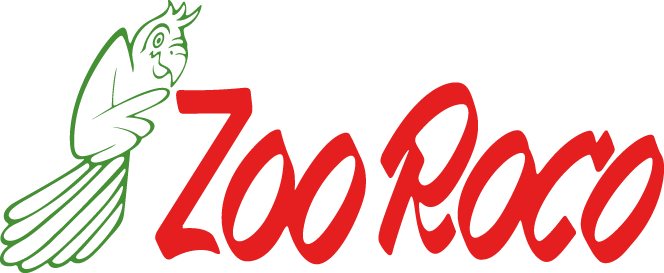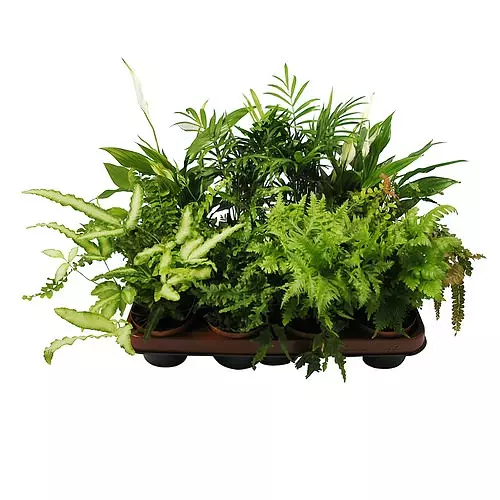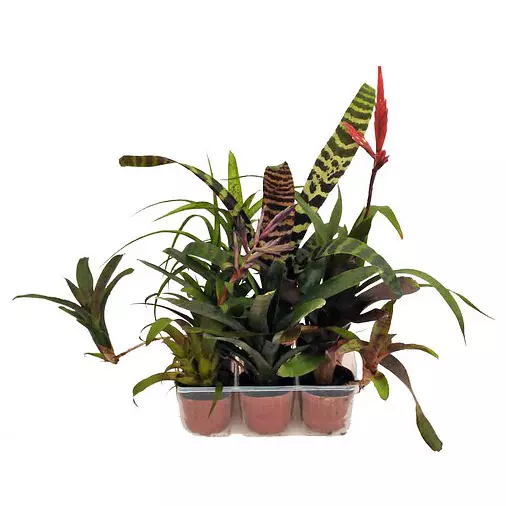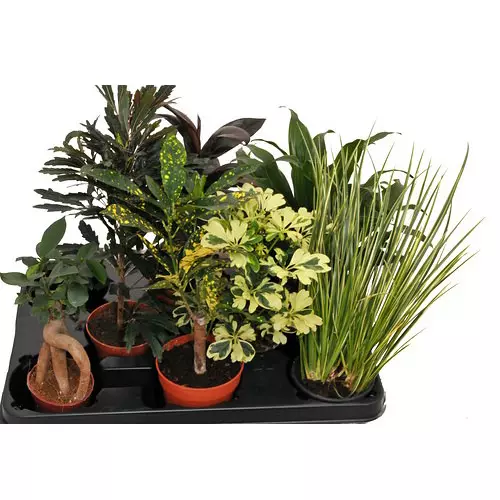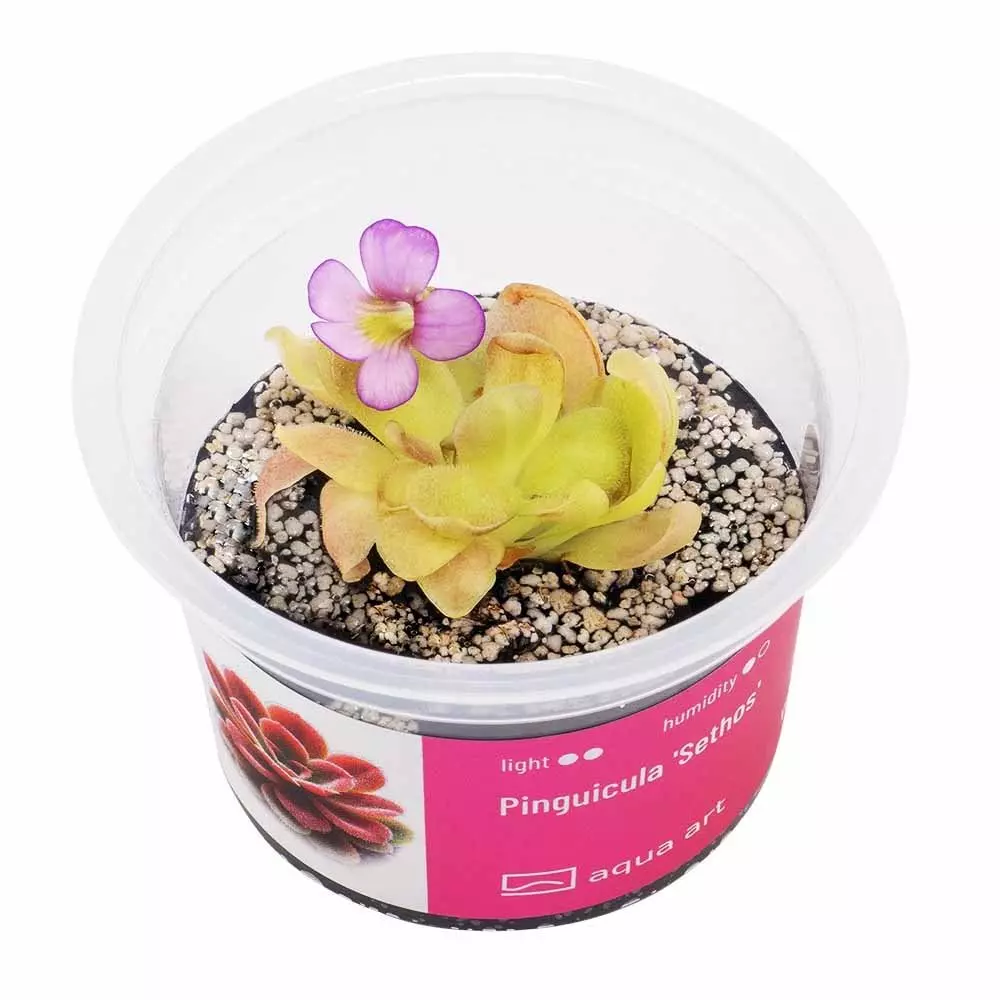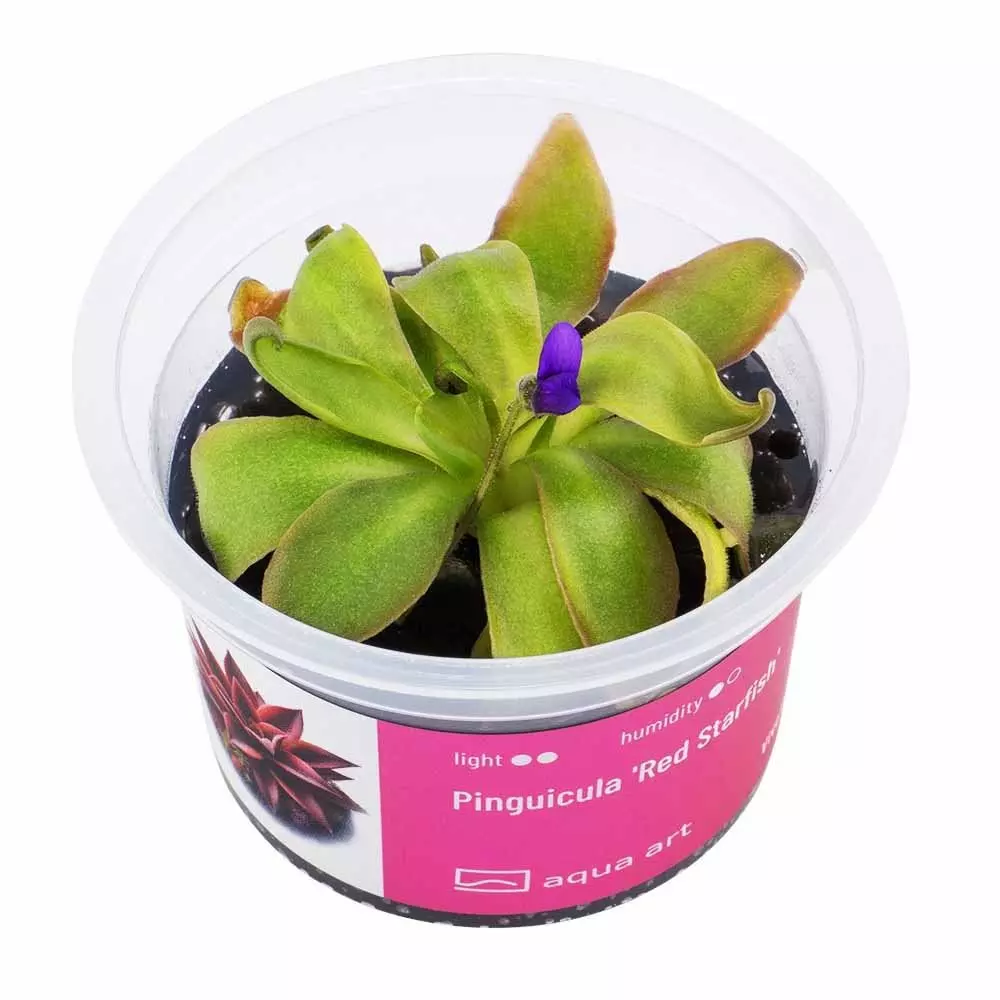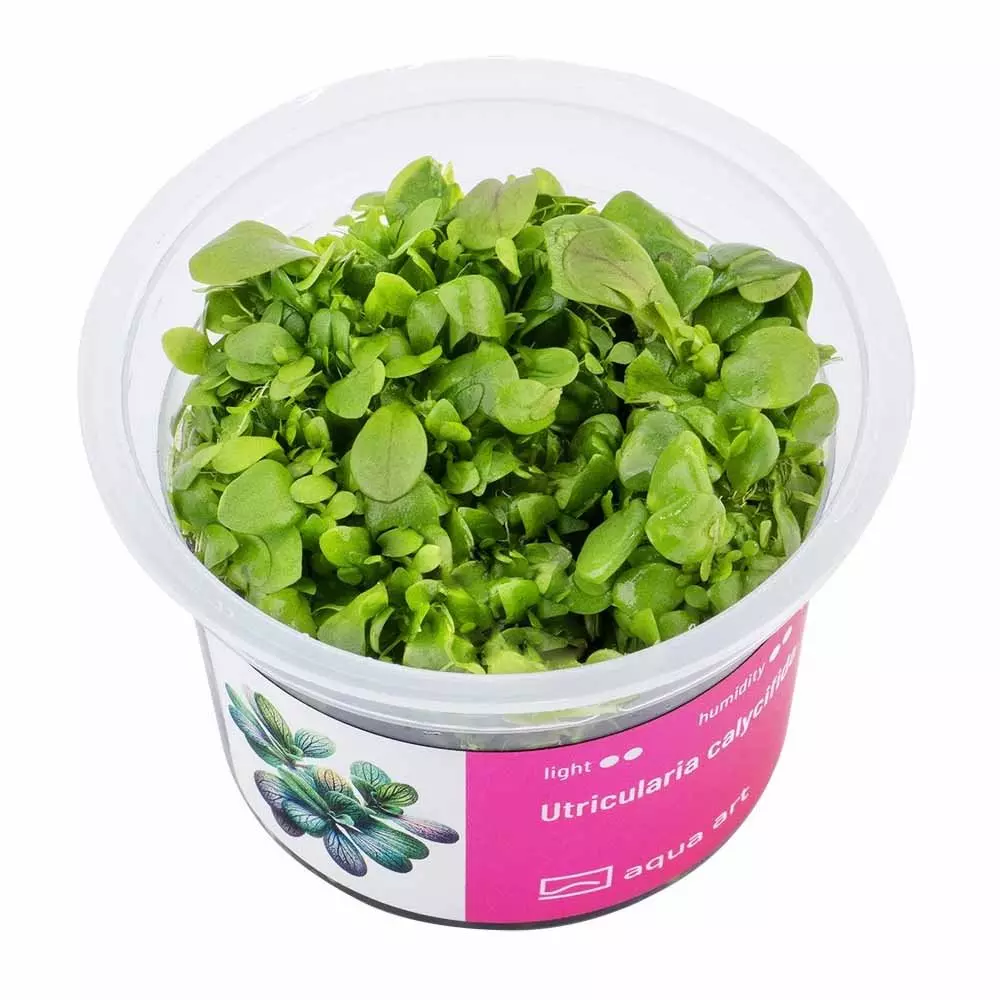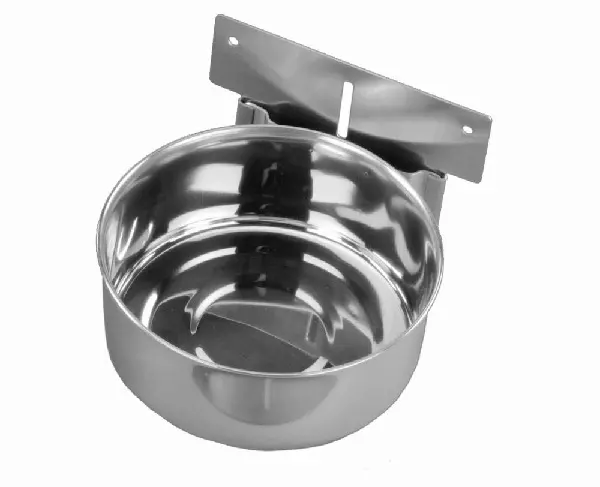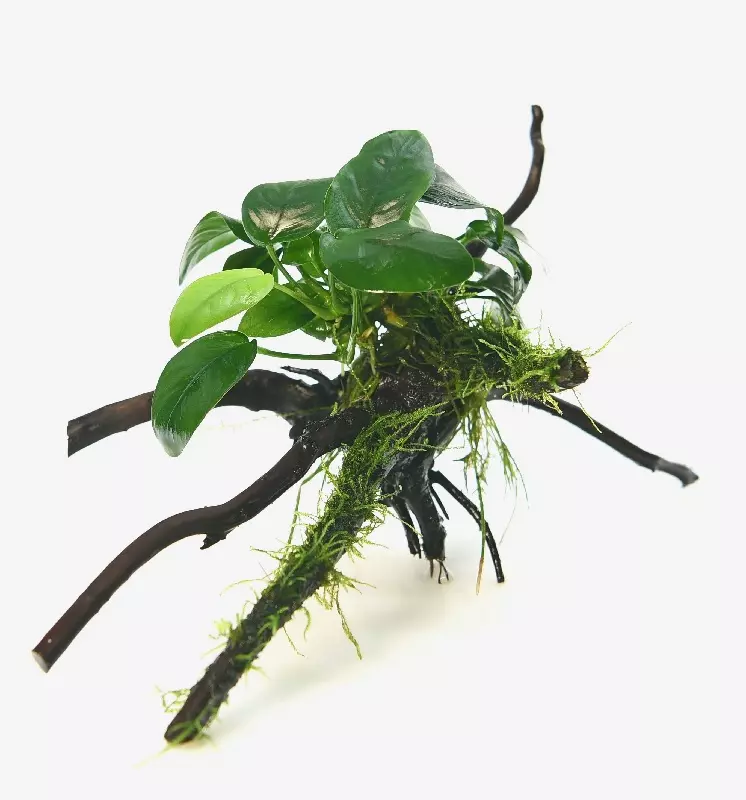

CHF 39.00
Stock: 0
Available in 1-3 days, acquisition time 14 days

Orchid on cork - for terrarium
Size ca.10x10cm
for rainforest terrariums
the price is for an orchid
Depending on the stock are delivered in different ways
4 of 4 reviews
4 out of 5 stars
Login
23 September 2024 11:31
-
-
7 January 2021 20:08
Une des orchidées était sèche en arrivant
Une des orchidées était sèche en arrivant pas pu la sauver
10 December 2020 18:32
Schnelle Lieferung , sehr schöne Pflanze. Vin
Schnelle Lieferung , sehr schöne Pflanze. Vin sehr zufrieden und werde wieder hier bestellen.
31 January 2020 01:06
orchidées en très bon état
Les 3 orchidées commandés sont arrivées en pleine forme dont une avec 3 tiges florales. J'ai reçu Dendrobium kingianum, Brasiliorchis schunkeana et Holcoglossum rupestre, les variétés peu exigeantes et bien adaptés au terrarium. J'aurais préférée pouvoir choisir les espèces mais suis contente.
Customers also bought
Similar products
Customers also viewed
